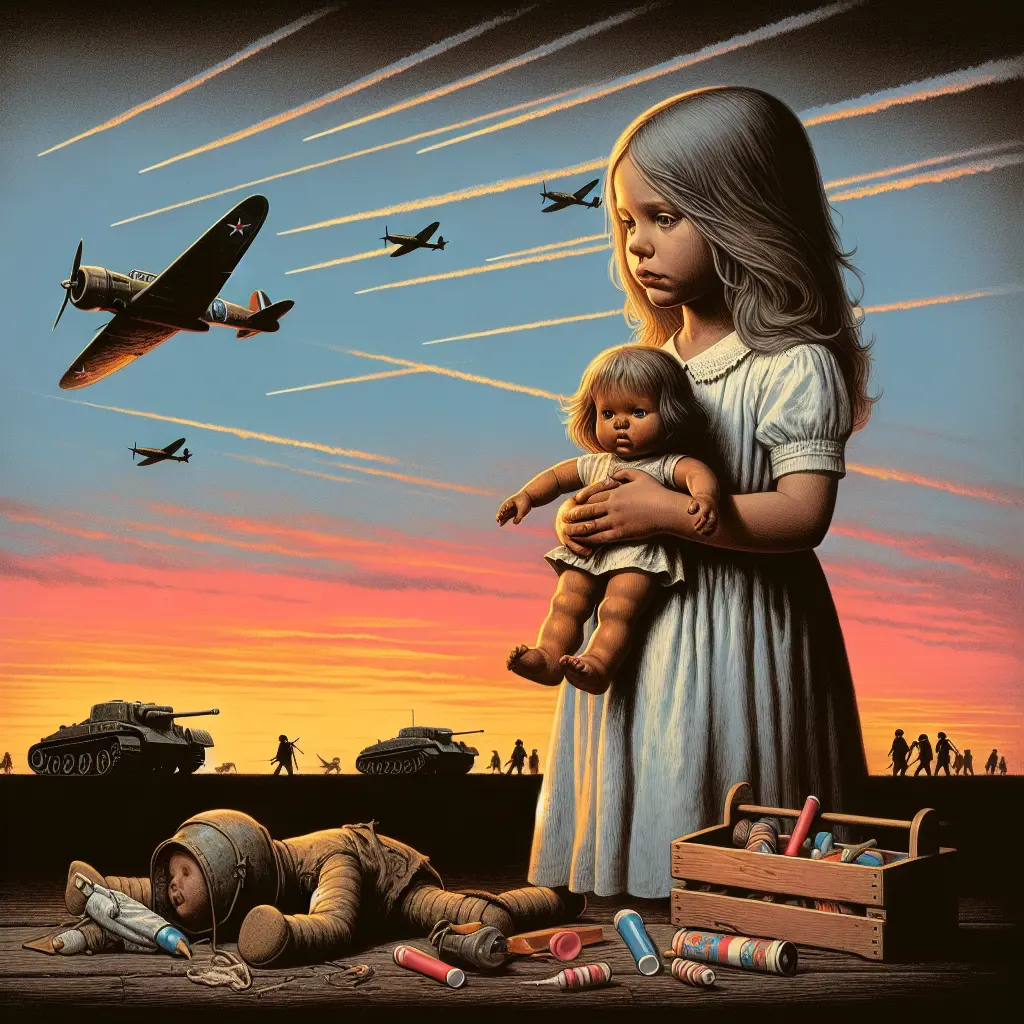
Unveiling the Power of Canva: A Creative Tool That Transcends Time and Context
In today's digital era, creativity has found a revolutionary companion in the form of Canva, a platform that empowers individuals to transform their ideas into visually captivating stories. As we explore the intersection of history and modern technology, let's delve into a narrative where Canva plays an unexpected yet significant role in bridging the past and present.
On September 3, 1939, as young Nina Laville celebrated her eleventh birthday, the world around her was changing dramatically. Her country had just declared war on Germany, marking the beginning of a tumultuous period in history. During such times, storytelling becomes a powerful means to capture and share experiences, and today, tools like Canva offer innovative ways to do so.
Why Canva is Essential for Historical Storytelling:
Ease of Use
Canva's intuitive interface allows users to create stunning visuals without needing extensive design experience. This democratization of design makes it accessible for anyone looking to tell their stories through powerful imagery.Vast Collection of Resources
With access to millions of photos, illustrations, and templates, Canva users can find the perfect elements to convey their historical narratives. Whether it's for educational purposes or personal projects, the rich library enhances creativity.Customizable Templates
Canva offers customizable templates that cater to various themes, including historical storytelling. These templates enable users to structure their content effectively, ensuring that the essence of their stories remains intact while visually engaging their audience.Collaboration Features
History often involves multiple perspectives. Canva's collaboration tools allow teams to work together seamlessly, bringing diverse viewpoints into a single cohesive narrative.
Bringing History to Life with Canva
Imagine a classroom where students use Canva to create presentations on historical events or figures like Nina Laville. By combining text, images, and interactive elements, students can create immersive experiences that resonate with their peers. Teachers can guide them in exploring history through a modern lens, fostering a deeper understanding and appreciation of the past.
Conclusion
As we reflect on the experiences of individuals like Nina Laville during significant historical moments, it's evident that storytelling is an enduring art form. Today, platforms like Canva not only preserve this art but also elevate it by providing tools that make storytelling more dynamic and accessible.
For those inspired by Nina's story or intrigued by the idea of using Canva for historical exploration, I encourage you to dive in and start creating your own visual narratives. Who knows? Your story might just be the bridge connecting past and present for future generations.
For more insights into Nina Laville's journey, check out the original article here.
Happy creating!
Vivian Harper